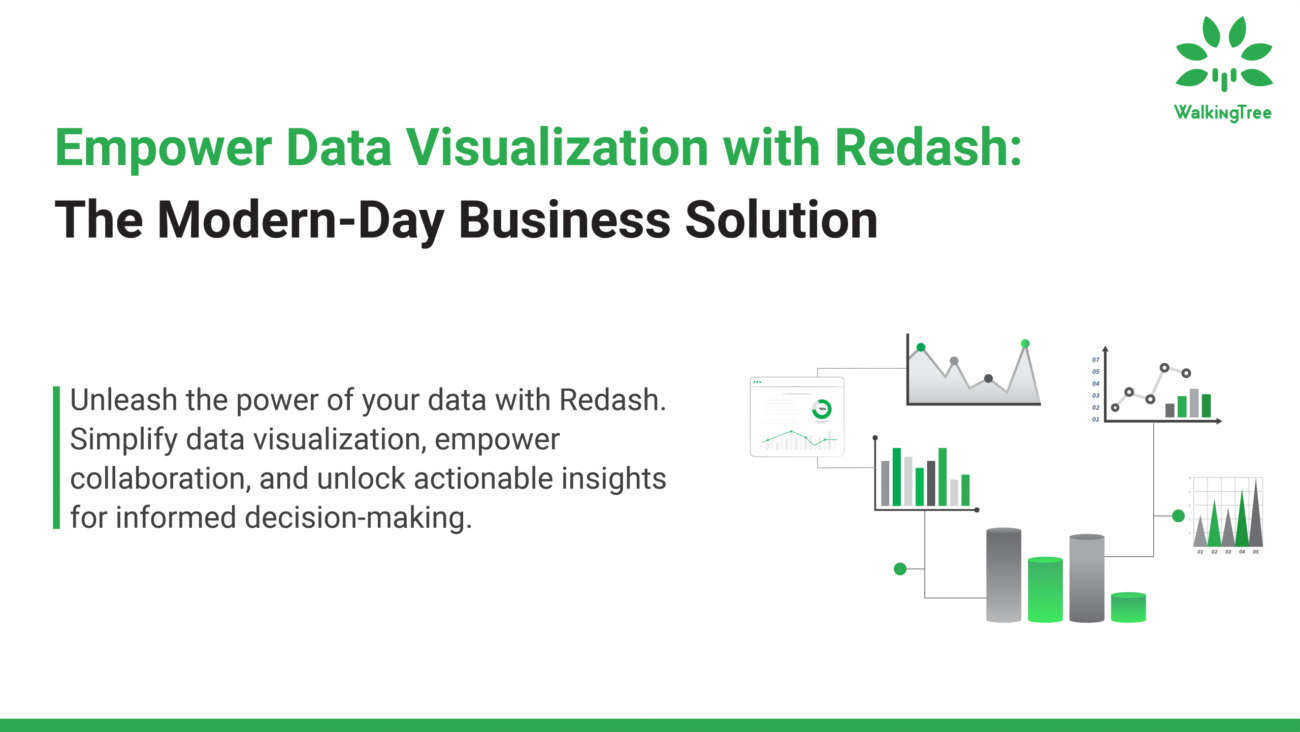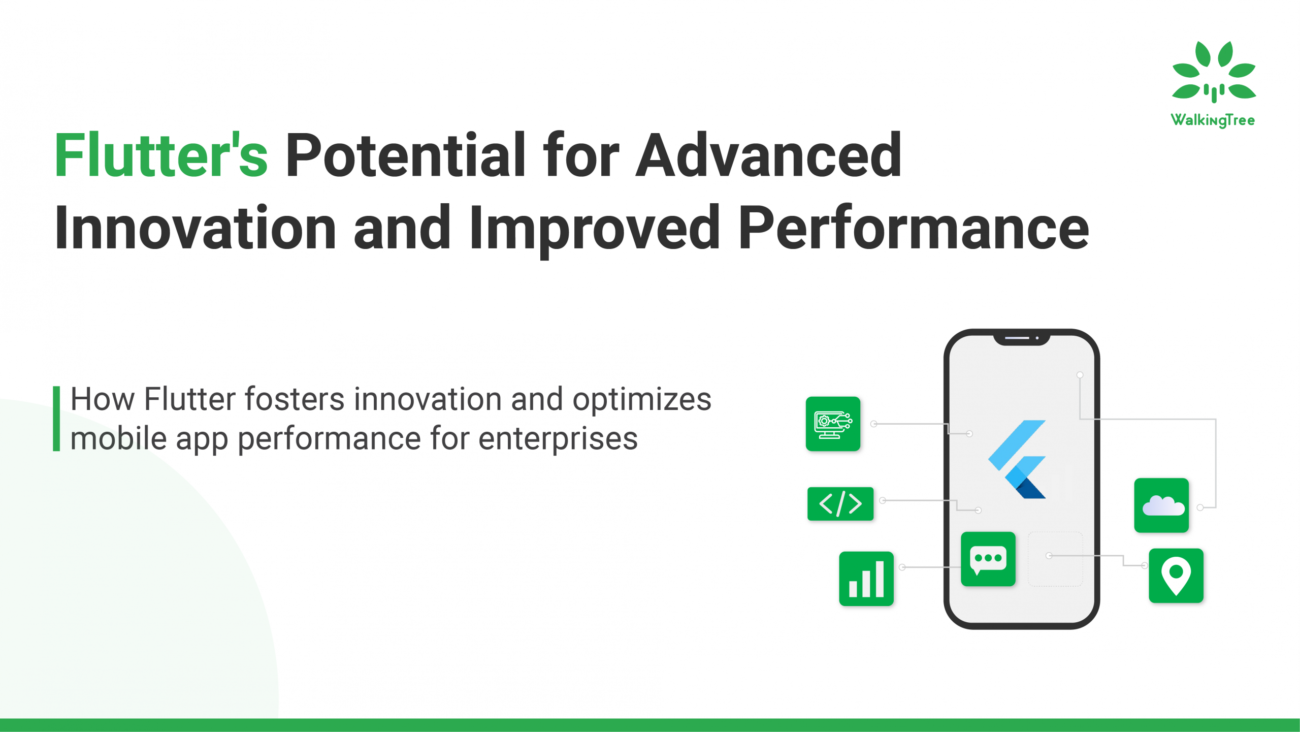
Blogs
Data build tool (dbt) – Transforming your data like no other


Data plays a crucial role in providing insights and making decisions. According to Gartner, a whopping 72% of Data and Analytics leaders now have rigorous involvement with digital transformation initiatives, and cutting-edge data transformation will play a mission-critical role in these initiatives.
Point of sales (PoS) terminals, computer logs, various URLs visited, or a list of purchases made from a store – all are troves of raw data. However, raw data can only go so far in helping organizations glean information. The raw data unearthed can make sense only after ETL (Extract, Transform, Load) processes are applied and stored in databases. The data build tool (dbt) transforms your data after it is extracted and before it is loaded into databases, warehouses, or data lakes.
What is dbt?
Dbt is a tool that transforms data and has two versions, viz., the Core, a command-line interface, and Cloud, an IDE (Integrated Development Environment). It combines the robust features of a developmental framework, modular SQL, and software engineering to transform data quickly and efficiently.

The dbt tool is a boon to data analysts looking to handle data engineering activities and perform data transformations with simple SQL select statements and software coding. Multiple activities can be carried out using dbt that helps in delivering high-quality trusted data for business analysis.

Just have a brief overview of the key dbt capabilities.
Testing
dbt is a popular tool for evaluating data quality, testing integration, and checking the performance of the code. These quality parameters come as inbuilt capabilities of dbt and based upon requirements, other parameters can be programmed and run into dbt.
dbt allows QA engineers to write test programs for detecting all incomplete or non-existent entries, typical shortcomings, and mistaken values for different columns.
For testing, QA specialists using dbt need to run manual testing programs first followed by automation tests. Following these tests, they can bring the required changes. Whenever a test in dbt fails, you can set the tool to send notifications for the same.
Deployment
dbt comes loaded with an inbuilt package manager for publishing data repositories whenever the data analysts and engineers need to do the same. Thanks to this ready help for deployment, data-driven projects can be easily streamlined starting from development to testing to deployment.
Documentation
Besides helping with testing and deployment, dbt offers the automatic capability to create meticulous documentation of the data-centric projects and operations carried out within any organization. dbt automatically generates visual data reports showcasing the way data is flowing and pipelined within the organizational process.
dbt users by utilizing schema files also can make documentation without much effort. All the documents created within dbt remain easily accessible and are open for transfer to the deployment stage. Users can also see the data flow corresponding to each table within the ETL process.
How is dbt different from other data transformation tools?
Usually, data engineers with specific skills are required to transform data with other data transformation tools. However, with dbt, data analysts with SQL knowledge can build models, write tests, and schedule jobs to produce high-quality, reliable, ready-to-consume datasets for analytics.
Dbt works on top of the data warehouse to perform transformations and integrations in a quick and fun way. The dbt tool applies the code and calculations at the database level expediting the data transformations in a simple yet secure manner.
Role of dbt in data transformation
Dbt has two main functionalities – building data models and testing the data models. It is versatile enough to connect with any modern data stack and works seamlessly with diverse cloud ecosystems – AWS, Azure, and GCP.

Clean and transformed data ready for analysis
dbt helps the data analysts write simple SQL select statements for data transformations. Without the need for boilerplate code and expertise in other programming languages, the data analysts alone can drive complex data transformations.
dbt is also known for creating data models that can easily be standardized for future uses. The data models with different business-specific and context-driven layers ensuring optimum modularity ultimately generate optimal value from the data for particular business operations and processes.
dbt for CI/CD software development practices
We can perform modular coding, version control, and testing of data and at the same time automate CI/CD to the analytics code. It allows you to test all code changes and incorporate them into production. Also, the dbt cloud is integrated with GitHub. It means you can automate the continuous integration and do not have to manage your orchestration.
The ability of dbt in following dynamic software development practices is ensured by the way it continuously drives data Quality checks. For every given data model, dbt facilitates robust data integrity checks besides creating documentation. So, every time-continuous integration brings a new change to the data model, the snapshot table follows and documents the modifications.
Reusable and modular code with dbt data modeling

The modular approach of dbt offers the flexibility of starting from the point up to which others have contributed to the data modeling task. This component-based and modular approach saves a lot of time and effort as analysts do not need to start work on the modeling project from scratch.
Because of this flexible and layered data modeling approach of the dbt framework, the changes in the data models can be separately shared and reused as components resulting in further value additions to the work of data analysts and data scientists working with other projects.
dbt for software development projects offers active help in reusing the frequently repeated code by allowing to reuse of the SQL logic in different layers of the code in a context-driven manner. Some data configuration tools with rich templates are used to ensure reusability of the code besides following other data presentations such as tables, ephemeral views like common table expressions (CTEs), and incremental views allowing inserting code at every run instance and snapshot views of the code at the start and end dates.
Maintains data documentation within dbt
dbt streamlines the data documentation with layered descriptions. It automatically produces graphic presentations of the data pipeline with details like dependencies for respective models, SQL, data sources, and test results.
These lineage graphs along with detailed descriptions ensure optimum transparency and help users to see through the data generation and the way it incorporates business logic. These lineage graphs along with descriptions for every project can be accessed through their web app.
dbt Cloud for data refreshes
With dbt Cloud, no separate orchestration is required. There is an integrated orchestration function that automatically generates production-ready data refreshes with the context-driven sequences required by the business.
This inbuilt orchestration function Does away with the need for hosting and using a separate orchestration tool. The feature allows streamlining the data refreshes as per production-specific requirements following the speed and frequency as demanded by a business.
dbt for carrying out automated testing

The modular and component-based structure of dbt makes it an ideal tool for carrying out automation tests of data models ensuring complete relief from the constraints and difficulties involved in manual testing.
dbt carries out tests in two distinct ways such as schema tests and data tests. It also allows bringing together both types of tests to run data quality tests on different models. These tests can be carried out all through the model updating process without needing to depend on a separate testing framework.
On the one hand, these tests ensure updating the required changes automatically to the respective data models and on the other hand, these tests can be more meticulous in respect of updating changes than what is achieved by tests run by separate tools. Lastly, dbt automation tests can be applied to any data model. When you need to carry out testing throughout data transformation, dbt automation tests offer the best help.

In a nutshell
dbt offers absolute freedom to transform data using simple SQL select statements and manage dependencies and provides native test support while offering a surprisingly modest learning curve. It simplifies and expedites the process of data transformation by building data pipelines.
Furthermore, dbt helps in carrying out the most complex, heavy-duty transformations simply and efficiently. It provides a unique experience to data analysts and data engineers while transforming data on a single platform. It also shows detailed information about the dbt project by generating documentation along with lineage graphs for a clear analysis.
Be it data transformation, testing, and data documentation – dbt is a one-stop solution for all your data transformation needs.
Our blog on using Airbyte with dbt will help you learn more about getting started with dbt.













